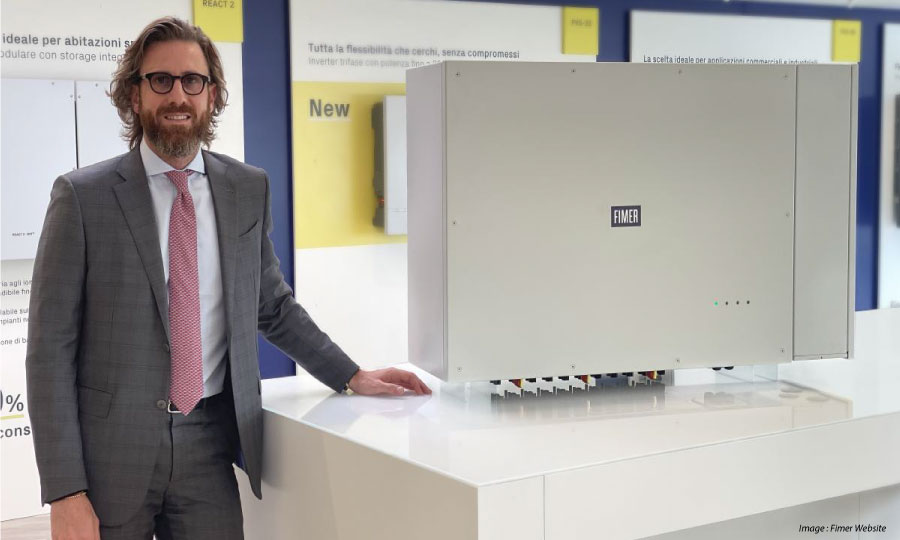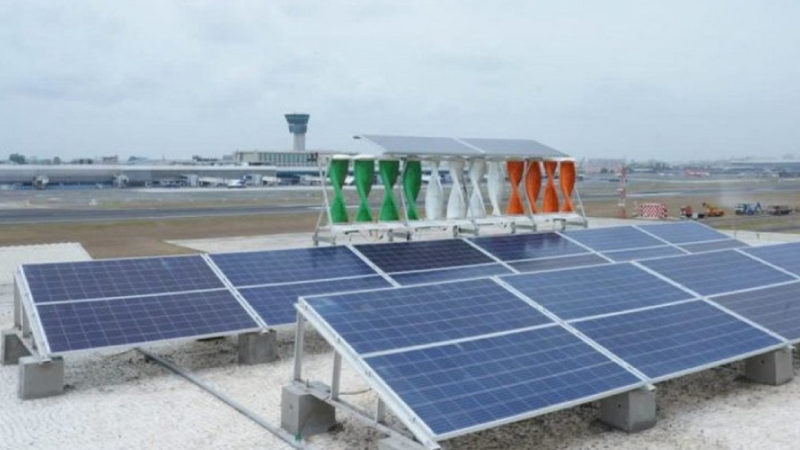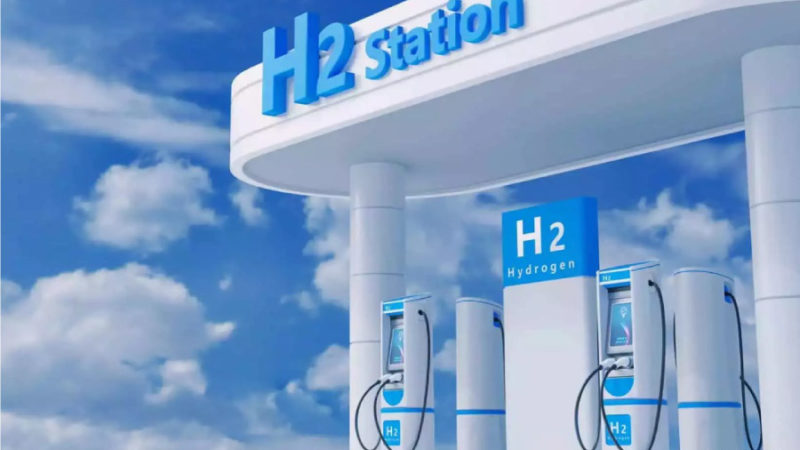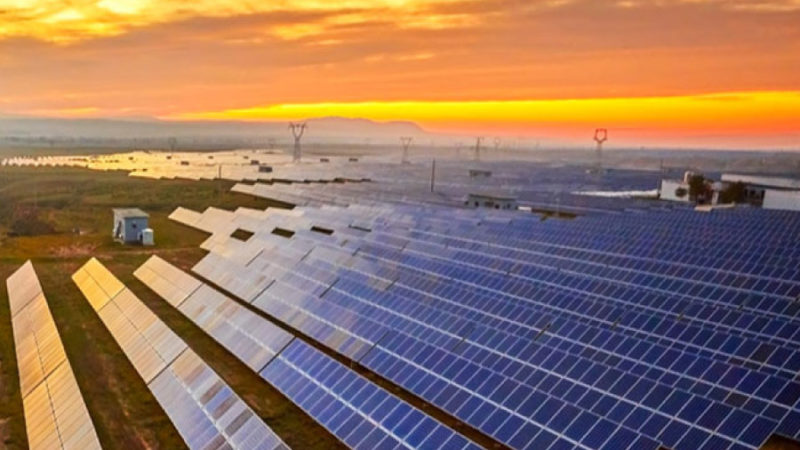Fimer introduces two new large-scale inverters

Fimer has unveiled a high-power multi-MPPT string inverter and a modular conversion solution that can cater to both decentralized and centralized power systems.
Fimer, an Italian inverter manufacturer, has launched two new large-scale products – a high-power, multi-MPPT string inverter and a modular conversion solution. These products are designed to cater to the power supply for both decentralized and centralized systems.
According to a recent Market Update from the International Energy Agency – the share of utility-scale applications is expected to increase from over 55 percent in 2020 to almost 70 percent in 2022. Thus, the need for reliable, flexible and high-power density solutions is the need of the hour so as to meet the oncoming market requirements, today and in the future.
This has increased the scope of string solutions for the global utility market, based on the benefits such as the modular conversion offering higher yield, minimal long-term risk, and lower O&M efforts to achieve the lowest LCOE compared to a central solution.
To cater to the market requirements, Fimer has developed the PVS-350 inverter and PVS-260/PVS-300 modular conversion platform to cater to both decentralized and centralized applications.
Maren Schmidt, Managing Director of the Utility line of business, explained: “With the utility, sector predicted to grow significantly over the next few years, we wanted to offer a solution that maximizes ROI on both conventional system architectures and all other emerging system arrangements including storage while maintaining the essential values of modularity. These unique-to-the-market solutions are truly ground-breaking platforms for the utility segment, as they are able to meet the needs of utility-scale customers now, as well as easily adapt to and integrate with technologies in the future.”
PVS-350 multi-MPPT inverter – Key Features:
According to the company, the new PVS-350 is the most powerful string multi-MPPT inverter (350 kVA) with the highest power density in the solar sector, with a power of 350 kVA and an efficiency of over 99 percent. The device can do string diagnostics by analyzing I-V curves in real-time.
In comparison to other decentralized conversion systems available today, the Fimer’s new inverter’s capacity and power-to-weight ratio offer shipping and installation cost reductions of up to 30% as well as up to 15% greater AC capacity for medium-voltage stations, according to the company. In a 100 MW system, this translates to fewer stations per megawatt (AC) of installed electricity, resulting in a cumulative saving of €0.02/W.
The Multi-MPPT converter’s input ratings have been optimized to fully exploit the benefits of the latest ultra-high power crystalline modules with 182x182mm and 210x210mm cells. As a result, it enables additional system-level cost savings of 0.5 to 0.9 Euro cents per watt when compared to systems designed with conventional modules (i.e. 166 x 166mm cells).
PVS-260/PVS-300 modular conversion solution:
The PVS-260/PVS-300 introduced by Fimer is completely a modular solution with a single MPPT configuration, for centralized system setups, which presently account for about 40% of the market.
This technology, according to the company, can easily replace central inverters in more traditional designs, significantly improving performance and lowering BoP costs, optimizing the LCOE – achieving a 2.3 percent reduction on the LCOE of a modular conversion architecture compared to a central solution. It also has higher system availability, above 99.9 percent compared to 99.5 percent maximum from central solutions.
In addition, the PVS-260/PVS-300 has a large capacity combined with a super-compact design single MPPT power block, to enable system designers to keep a ‘centralized’ system architecture if preferred. All power electronics are also concentrated nearby to the other critical AC power assets to simplify control and routine maintenance.
By combining the power modules in a factory pre-assembled and pretested MV station, the new platform can compete with multi-megawatt scale station designs of the latest central inverters, allowing system designers to apply the modular architecture to systems of any size.
The new platforms will also be easily able to integrate with future requirements for battery storage, providing a whole-system solution for the utility market now and in the future.








